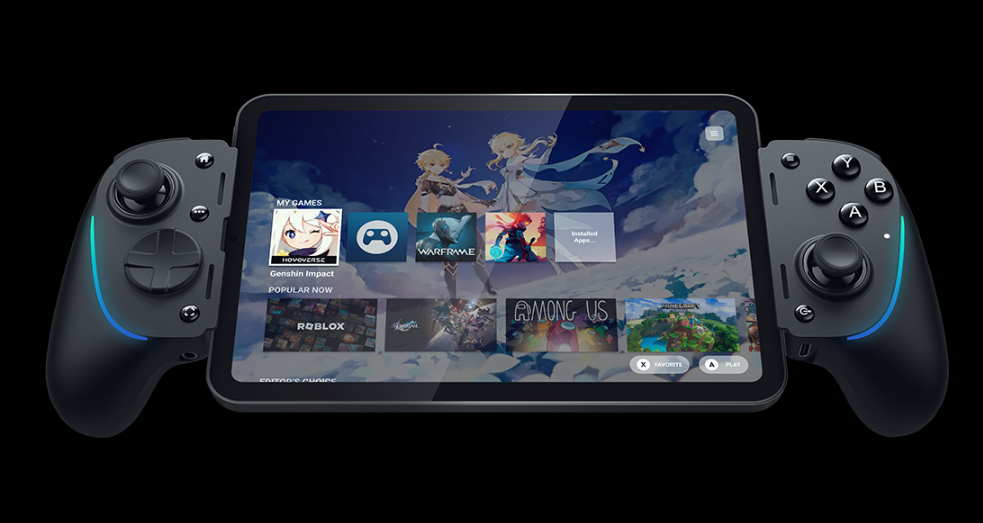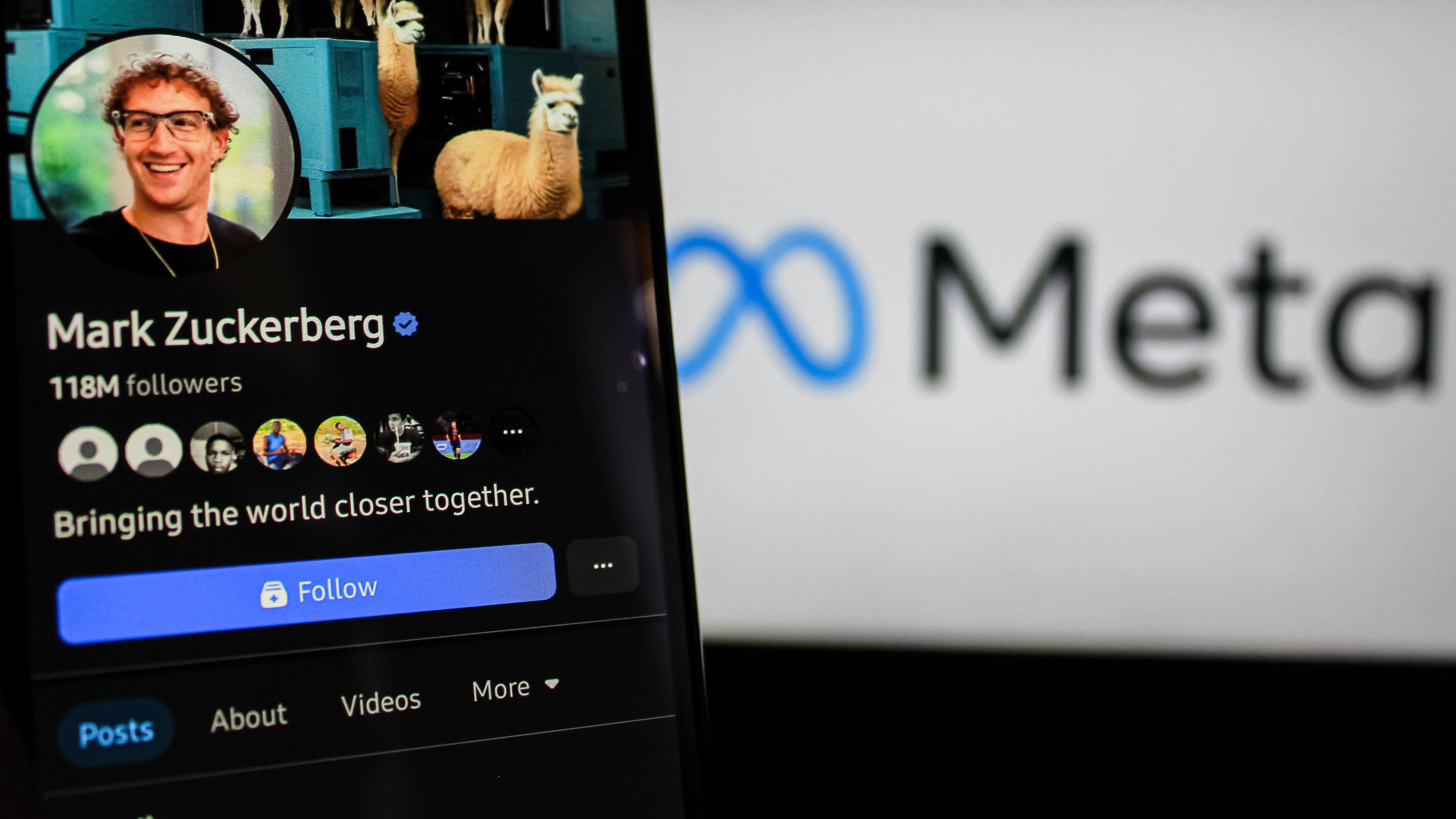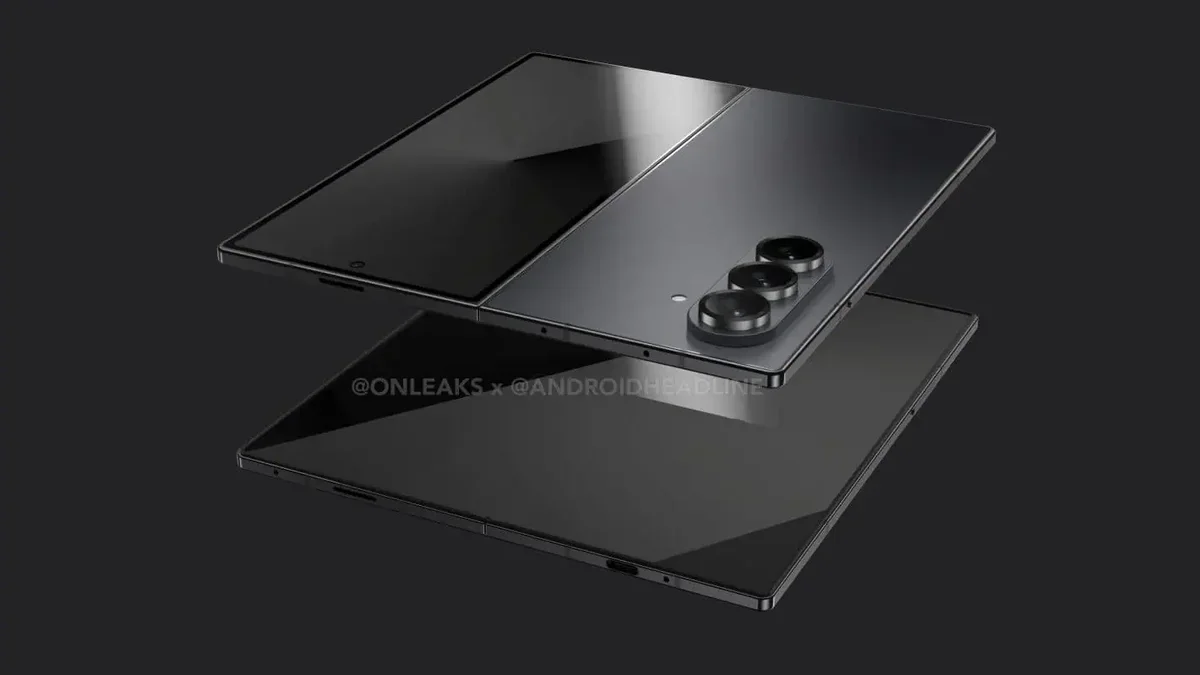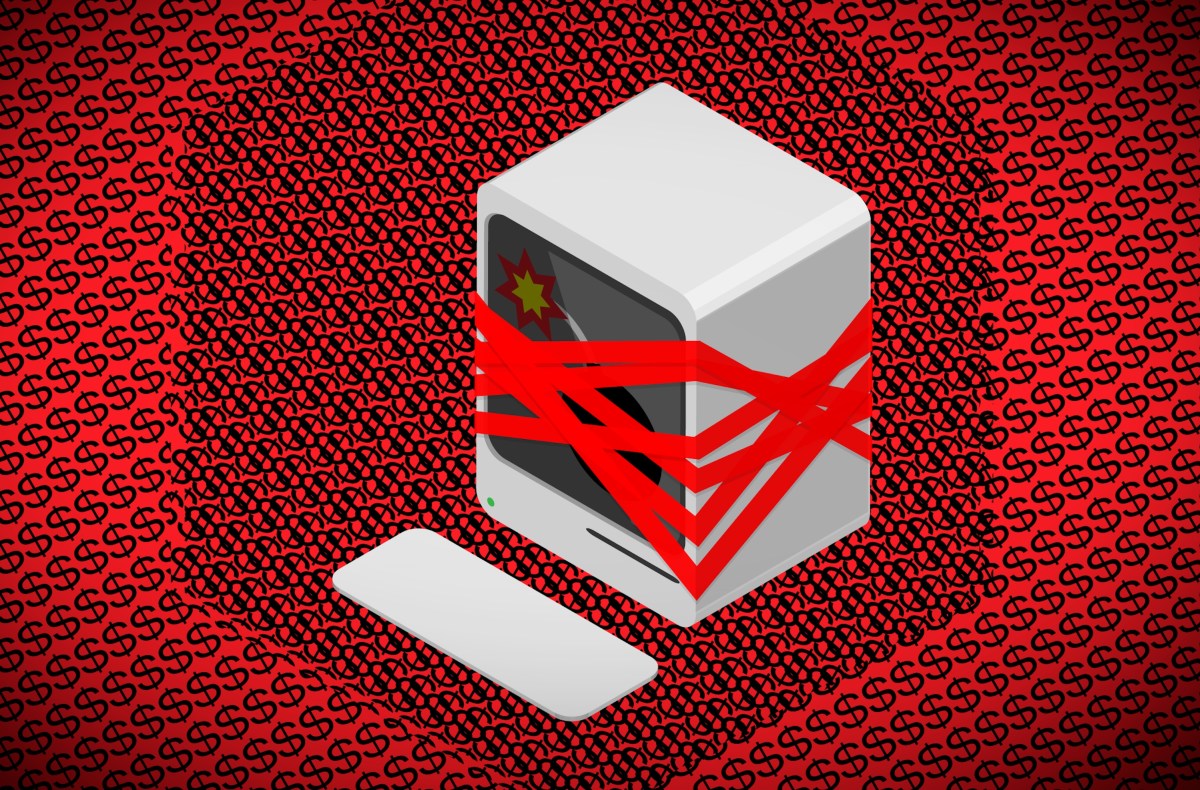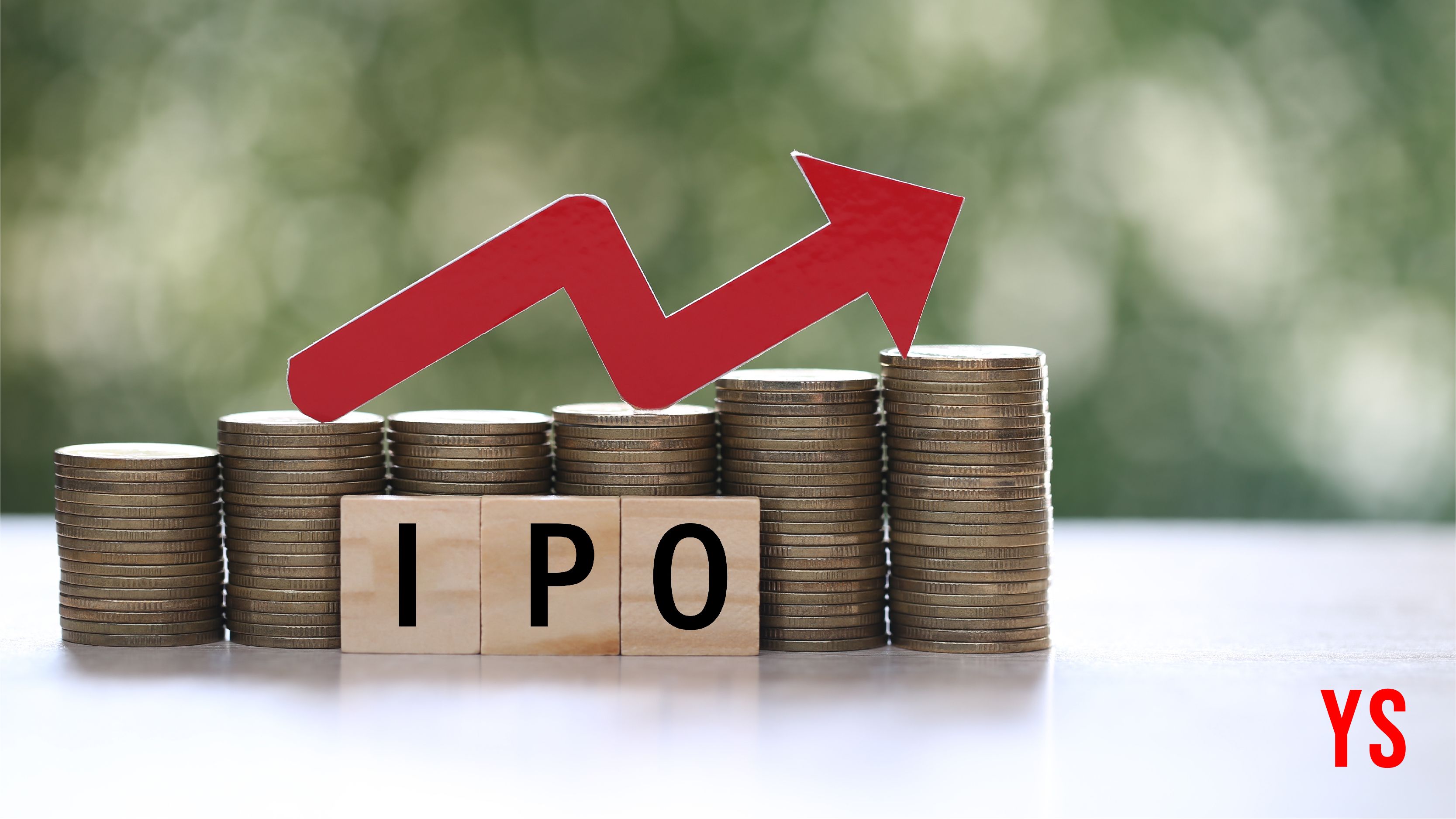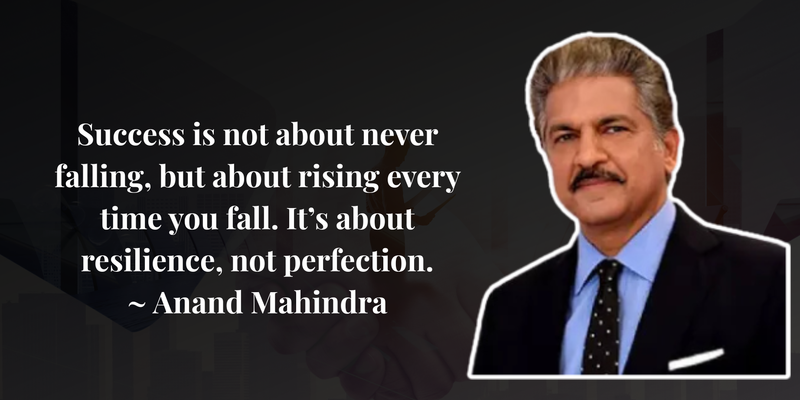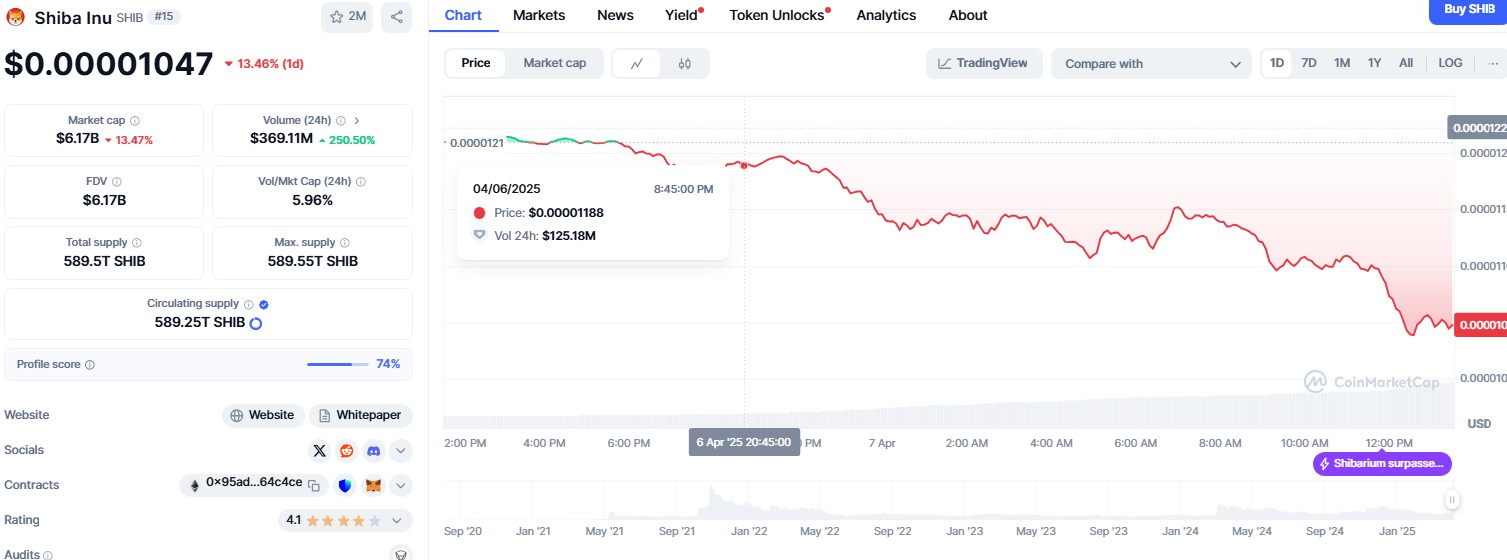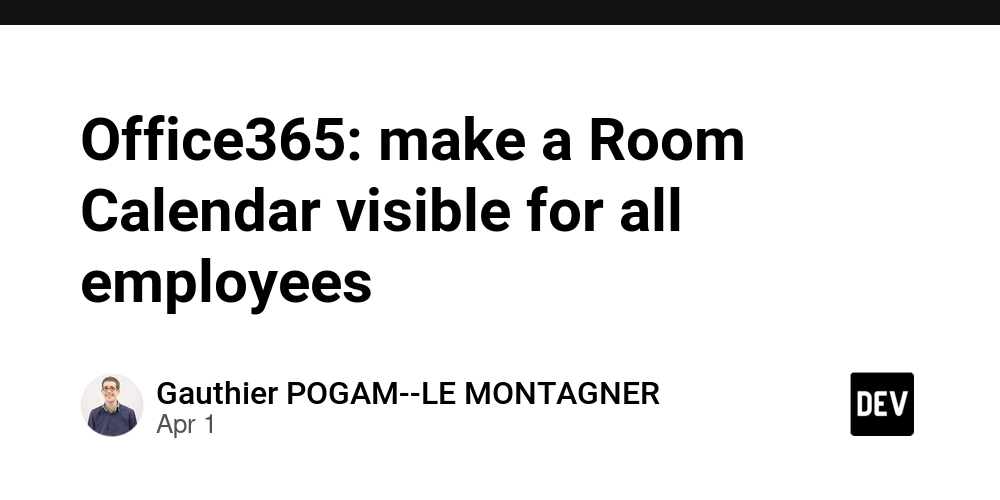How to Create and Manage an Effective EPG Schedule for Your Channel
Introduction An Electronic Program Guide (EPG) is essential for any TV channel or streaming service that wants to provide an organized, user-friendly content discovery experience. Whether you're running a linear TV channel, an OTT platform, or a FAST channel, having an effective EPG helps viewers find the content they love while improving engagement and monetization. But how do you create and manage an effective EPG schedule? This guide will take you through the best practices, tools, and strategies to make your program guide as useful and engaging as possible. 2. Understanding the Basics of EPG An Electronic Program Guide (EPG) is an interactive schedule that displays upcoming shows, movies, and live events on TV and streaming platforms. Key Components of an EPG: 1.Program title and description 2.Start and end time of each show 3.Genre and category tags 4.Content ratings (age restrictions) 5.Closed captioning and audio options A well-structured EPG ensures that viewers can easily browse, search, an 3. Benefits of an Effective EPG Schedule Having a well-organized EPG is more than just a convenience—it can significantly impact your channel’s performance. ✅ Better Viewer Experience – Helps users easily find their favorite shows and discover new ones. ✅ Increased Content Discoverability – Proper tagging and metadata improve search results and recommendations. ✅ Higher Monetization Opportunities – Ad placement and sponsorships are more effective when shows are correctly scheduled. ✅ Regulatory Compliance – Ensures adherence to broadcasting laws and content restrictions. 4. Steps to Create an Effective EPG Schedule 4.1. Define Your Content Strategy Start by understanding your audience and choosing the right mix of content: Live broadcasts (news, sports, reality shows) Pre-recorded programs (movies, series, documentaries) Reruns and special programming 4.2. Organize Content in Time Slots Prime-time slots (6 PM – 10 PM) should feature high-engagement shows. Daytime slots can include reruns and less competitive content. Late-night schedules can focus on niche content. 4.3. Use EPG Software for Scheduling Invest in EPG scheduling software that offers: Automated program slotting Real-time updates Multi-platform compatibility 4.4. Add Metadata for Better Navigation Make sure your EPG includes detailed program information, including: Titles, descriptions, and genres Episode numbers and series details Language and accessibility options 4.5. Ensure Compliance with Broadcast Regulations Check content licensing, age restrictions, and copyright rules before scheduling shows. 4.6. Optimize for Multi-Platform Viewing Your EPG should be accessible across smart TVs, mobile apps, and web platforms for a seamless experience. 5. Managing and Updating Your EPG Schedule 5.1. Automating Updates and Real-Time Changes Use AI-driven automation to: Adjust schedules dynamically Handle last-minute program changes Optimize content slots based on real-time analytics 5.2. Monitoring and Analyzing Viewer Behavior Track:
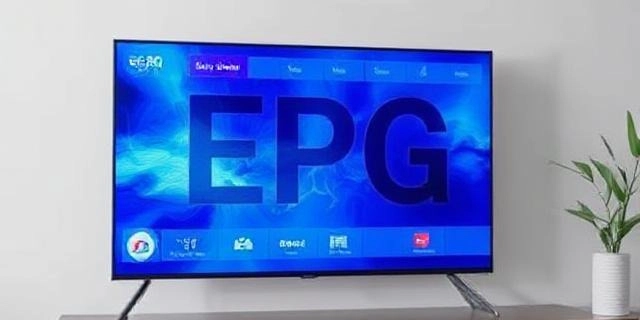
Introduction
An Electronic Program Guide (EPG) is essential for any TV channel or streaming service that wants to provide an organized, user-friendly content discovery experience. Whether you're running a linear TV channel, an OTT platform, or a FAST channel, having an effective EPG helps viewers find the content they love while improving engagement and monetization.
But how do you create and manage an effective EPG schedule? This guide will take you through the best practices, tools, and strategies to make your program guide as useful and engaging as possible.
2. Understanding the Basics of EPG
An Electronic Program Guide (EPG) is an interactive schedule that displays upcoming shows, movies, and live events on TV and streaming platforms.
Key Components of an EPG:
1.Program title and description
2.Start and end time of each show
3.Genre and category tags
4.Content ratings (age restrictions)
5.Closed captioning and audio options
A well-structured EPG ensures that viewers can easily browse, search, an
3. Benefits of an Effective EPG Schedule
Having a well-organized EPG is more than just a convenience—it can significantly impact your channel’s performance.
✅ Better Viewer Experience – Helps users easily find their favorite shows and discover new ones.
✅ Increased Content Discoverability – Proper tagging and metadata improve search results and recommendations.
✅ Higher Monetization Opportunities – Ad placement and sponsorships are more effective when shows are correctly scheduled.
✅ Regulatory Compliance – Ensures adherence to broadcasting laws and content restrictions.
4. Steps to Create an Effective EPG Schedule
- 4.1. Define Your Content Strategy Start by understanding your audience and choosing the right mix of content:
Live broadcasts (news, sports, reality shows)
Pre-recorded programs (movies, series, documentaries)
Reruns and special programming
- 4.2. Organize Content in Time Slots Prime-time slots (6 PM – 10 PM) should feature high-engagement shows.
Daytime slots can include reruns and less competitive content.
Late-night schedules can focus on niche content.
- 4.3. Use EPG Software for Scheduling Invest in EPG scheduling software that offers:
Automated program slotting
Real-time updates
Multi-platform compatibility
- 4.4. Add Metadata for Better Navigation Make sure your EPG includes detailed program information, including:
Titles, descriptions, and genres
Episode numbers and series details
Language and accessibility options
4.5. Ensure Compliance with Broadcast Regulations
Check content licensing, age restrictions, and copyright rules before scheduling shows.4.6. Optimize for Multi-Platform Viewing
Your EPG should be accessible across smart TVs, mobile apps, and web platforms for a seamless experience.
5. Managing and Updating Your EPG Schedule
- 5.1. Automating Updates and Real-Time Changes Use AI-driven automation to:
Adjust schedules dynamically
Handle last-minute program changes
Optimize content slots based on real-time analytics
-
5.2. Monitoring and Analyzing Viewer Behavior
Track:


















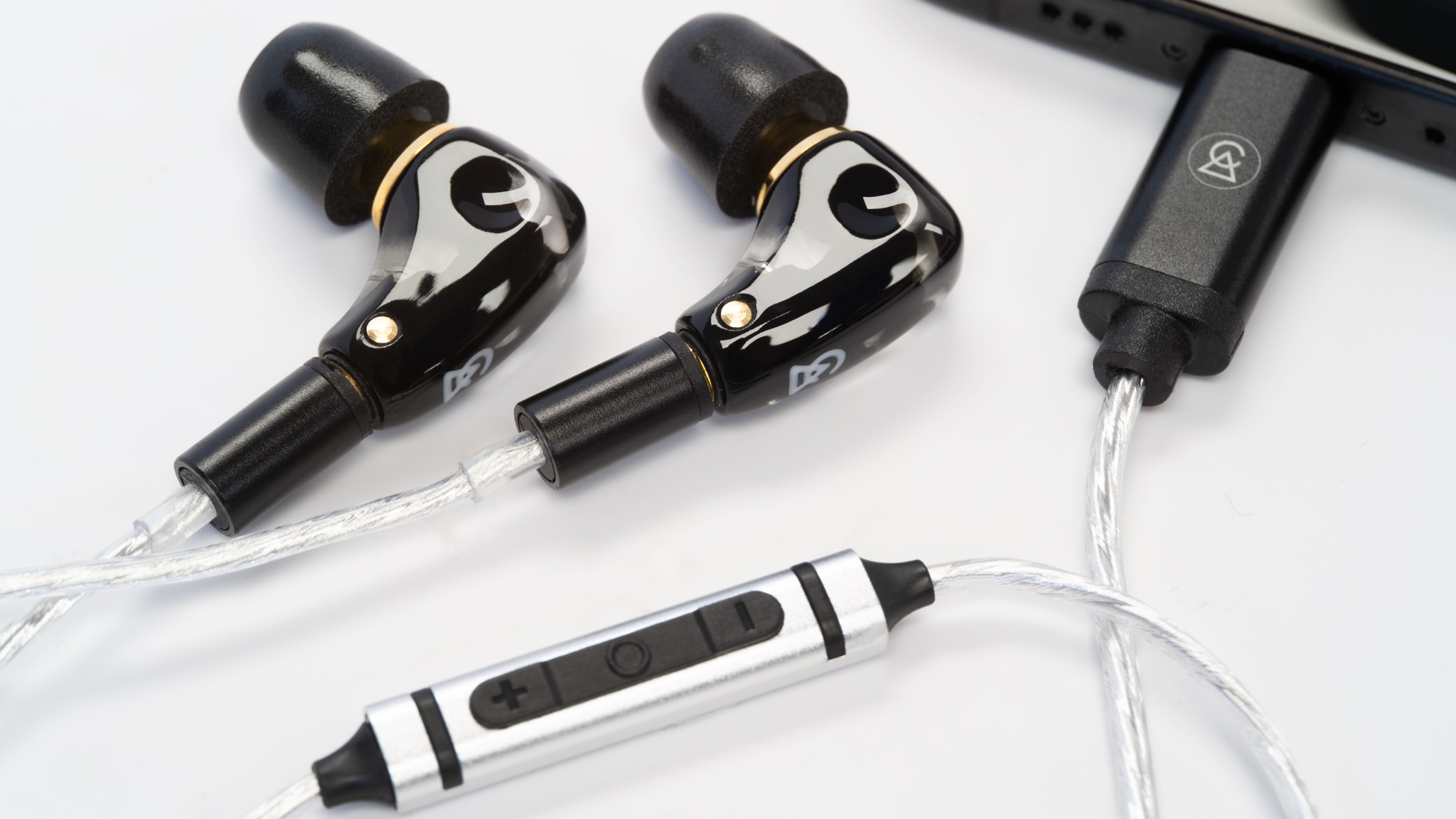






















































































































































![[The AI Show Episode 142]: ChatGPT’s New Image Generator, Studio Ghibli Craze and Backlash, Gemini 2.5, OpenAI Academy, 4o Updates, Vibe Marketing & xAI Acquires X](https://www.marketingaiinstitute.com/hubfs/ep%20142%20cover.png)

















































































































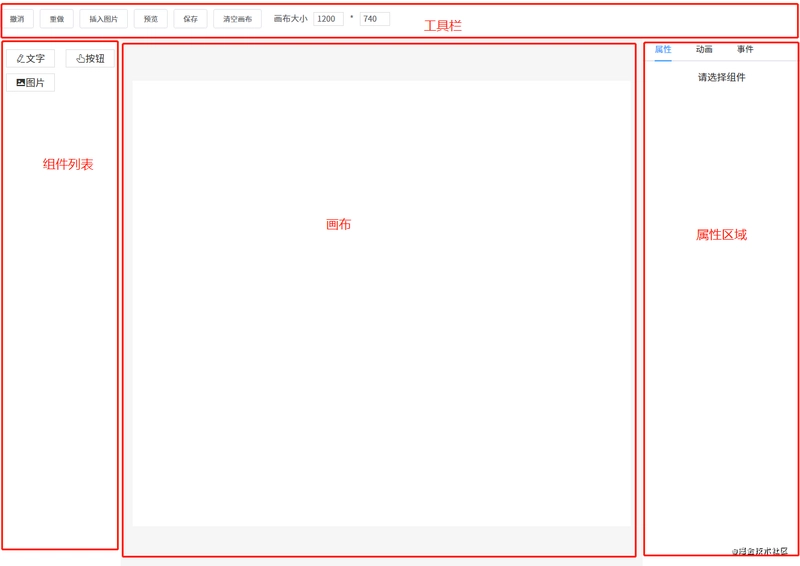












![[DEALS] The Premium Learn to Code Certification Bundle (97% off) & Other Deals Up To 98% Off – Offers End Soon!](https://www.javacodegeeks.com/wp-content/uploads/2012/12/jcg-logo.jpg)
![From drop-out to software architect with Jason Lengstorf [Podcast #167]](https://cdn.hashnode.com/res/hashnode/image/upload/v1743796461357/f3d19cd7-e6f5-4d7c-8bfc-eb974bc8da68.png?#)



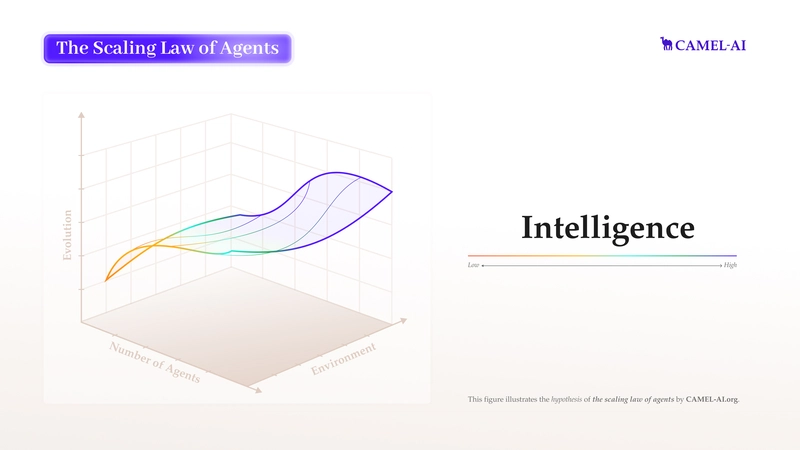




































































































.png?#)





(1).jpg?width=1920&height=1920&fit=bounds&quality=80&format=jpg&auto=webp#)





























_Christophe_Coat_Alamy.jpg?#)
.webp?#)
.webp?#)













































































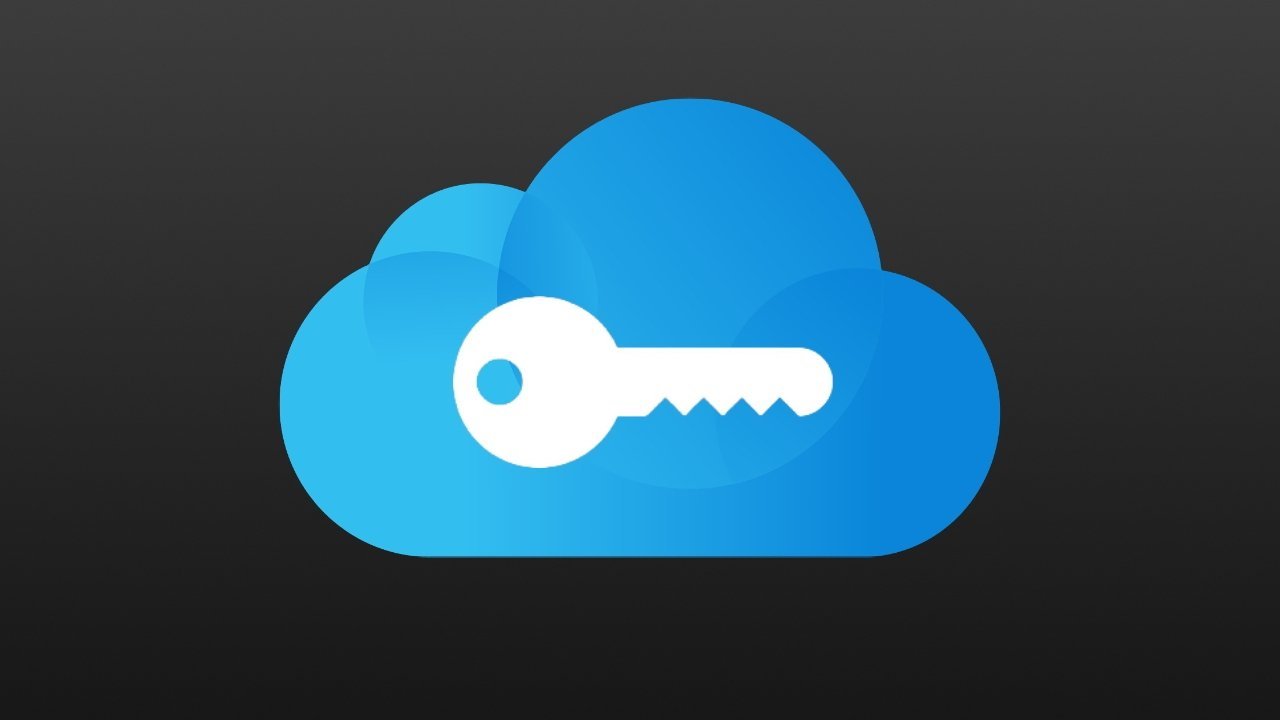

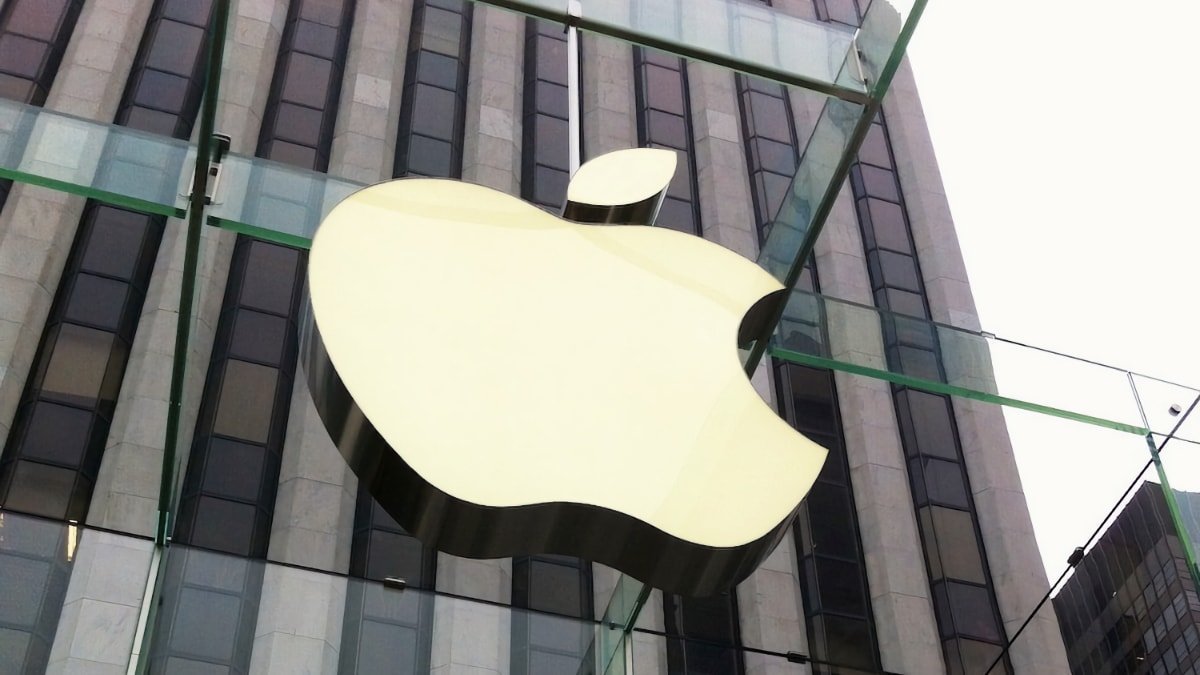




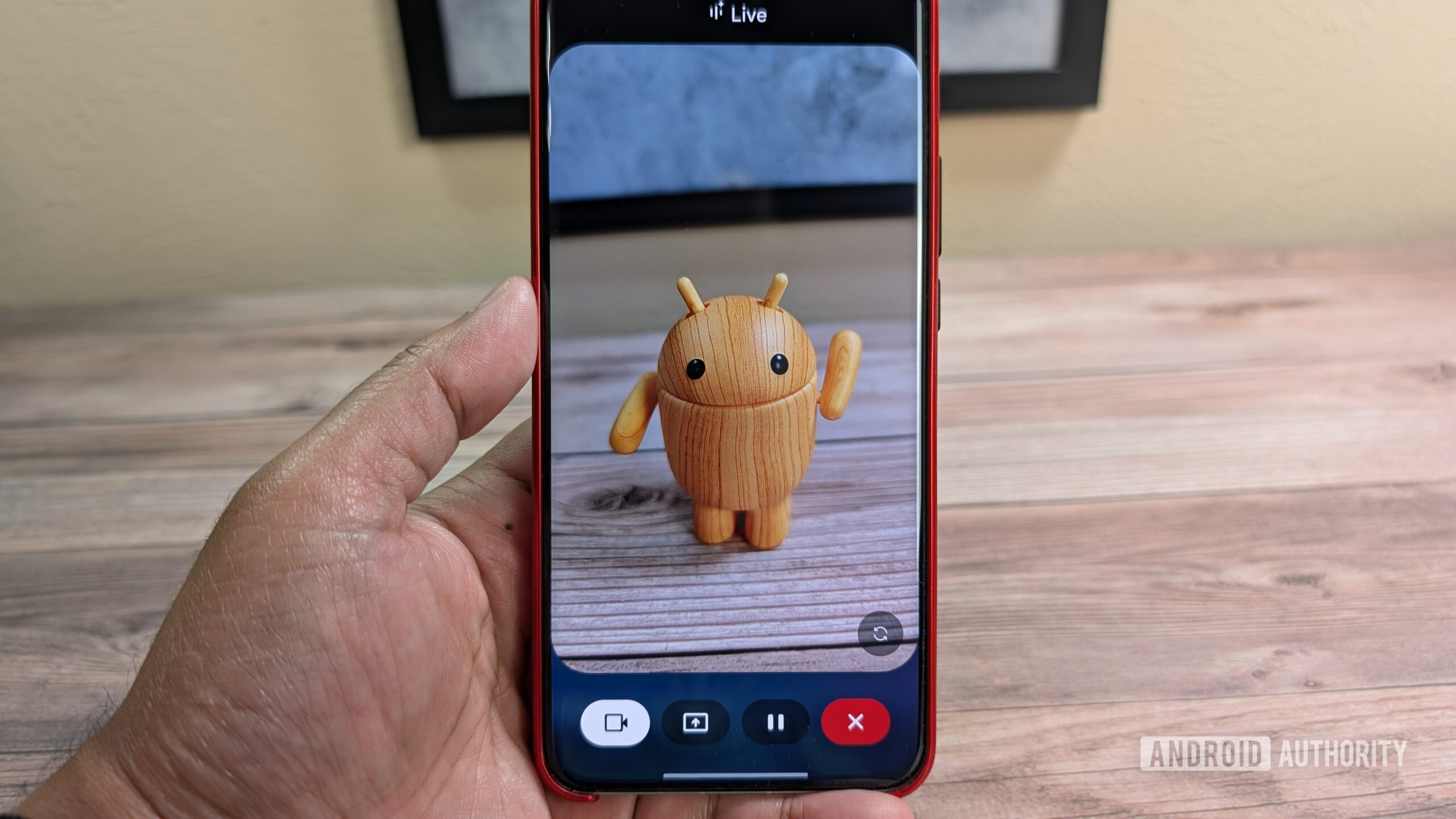

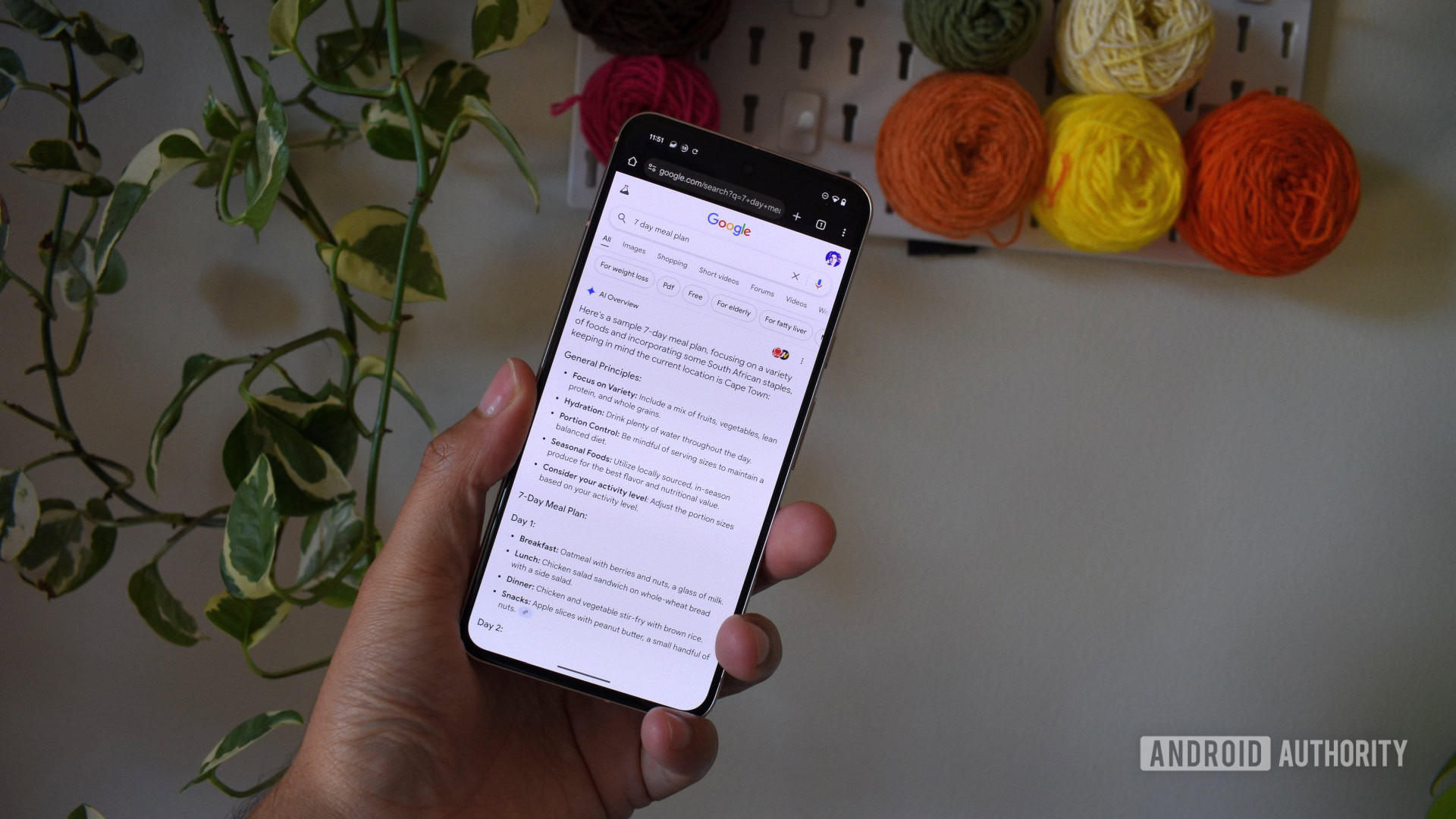




















![Apple Considers Delaying Smart Home Hub Until 2026 [Gurman]](https://www.iclarified.com/images/news/96946/96946/96946-640.jpg)
![iPhone 17 Pro Won't Feature Two-Toned Back [Gurman]](https://www.iclarified.com/images/news/96944/96944/96944-640.jpg)
![Tariffs Threaten Apple's $999 iPhone Price Point in the U.S. [Gurman]](https://www.iclarified.com/images/news/96943/96943/96943-640.jpg)















